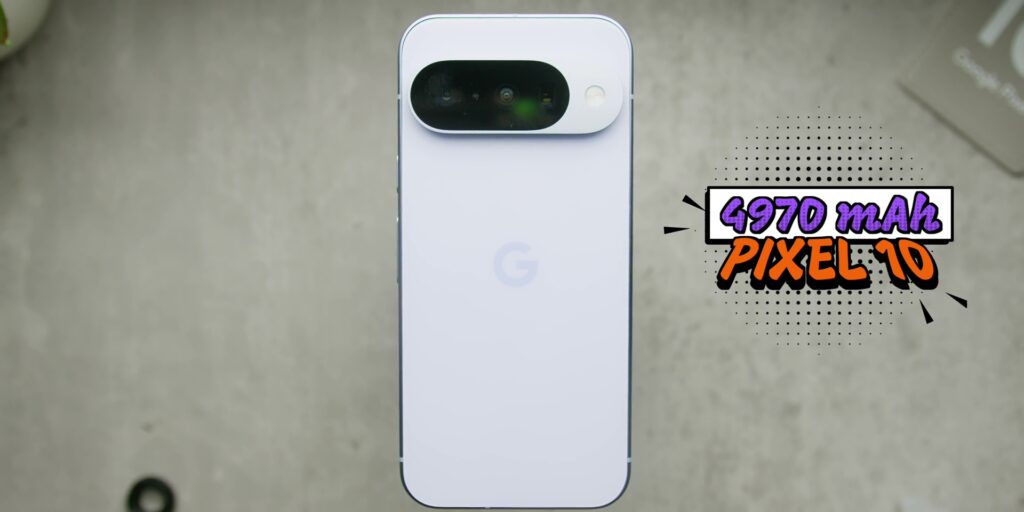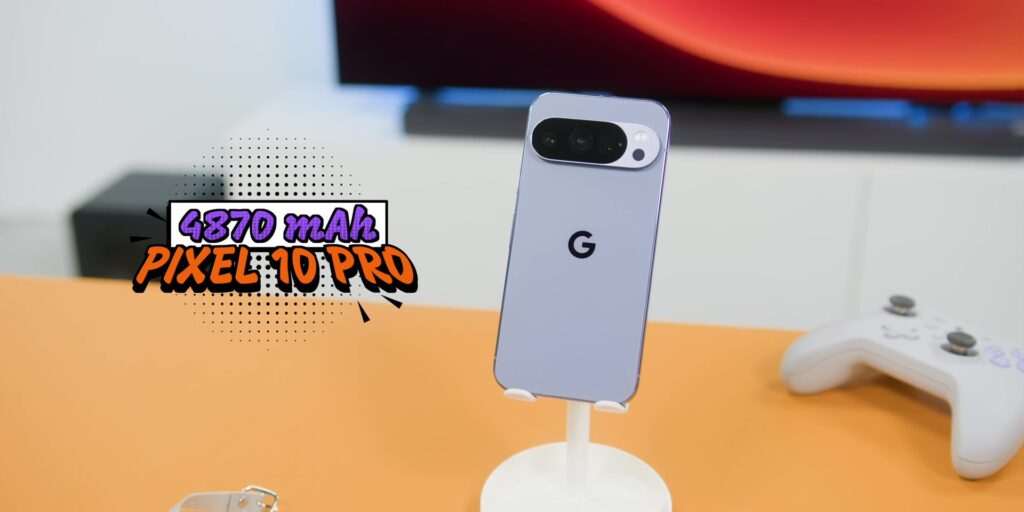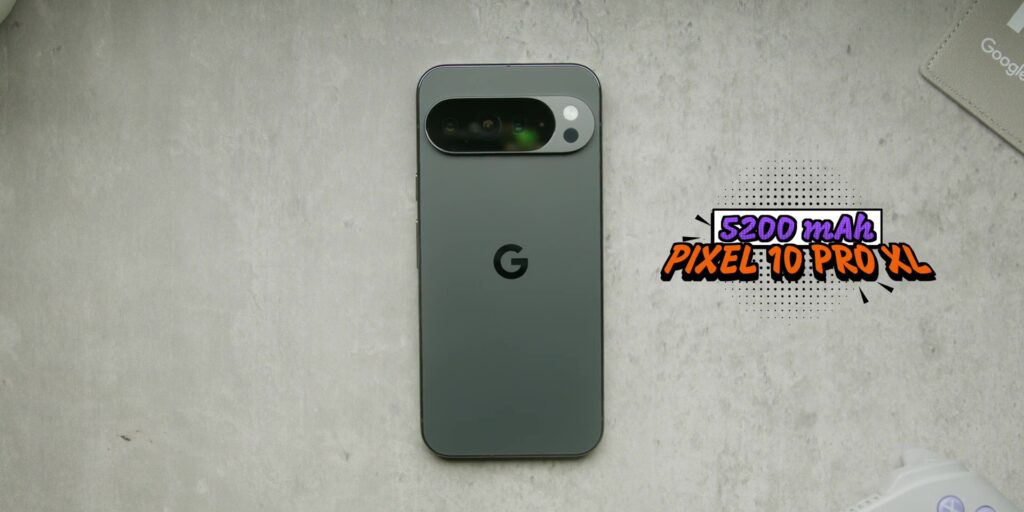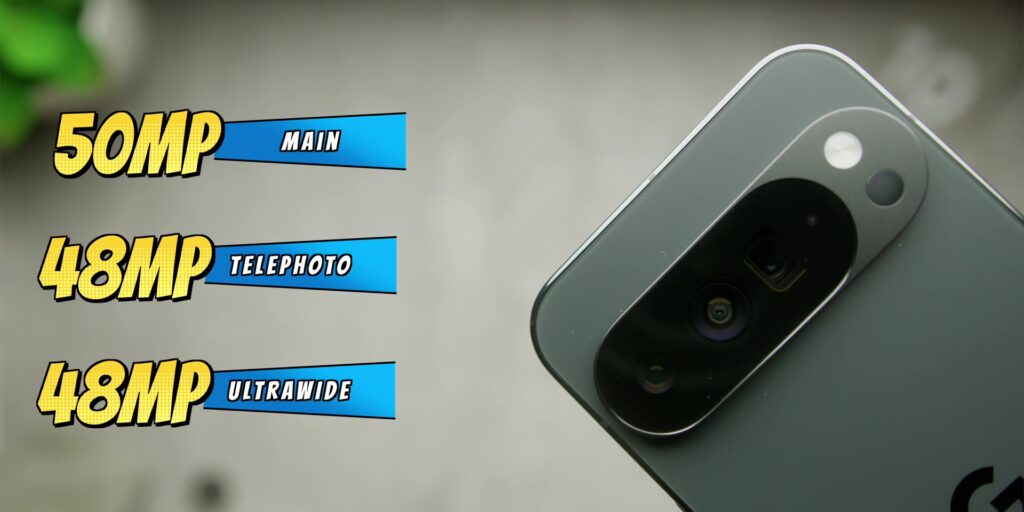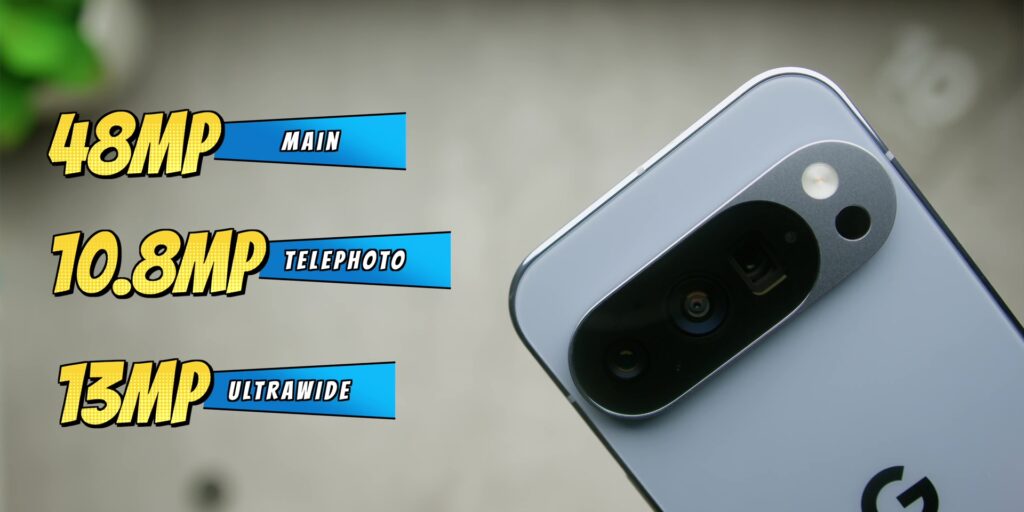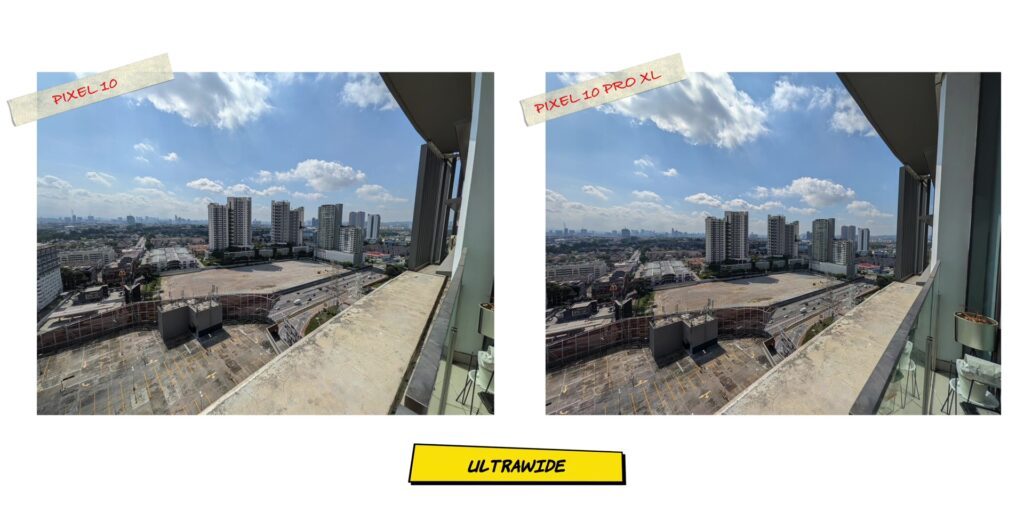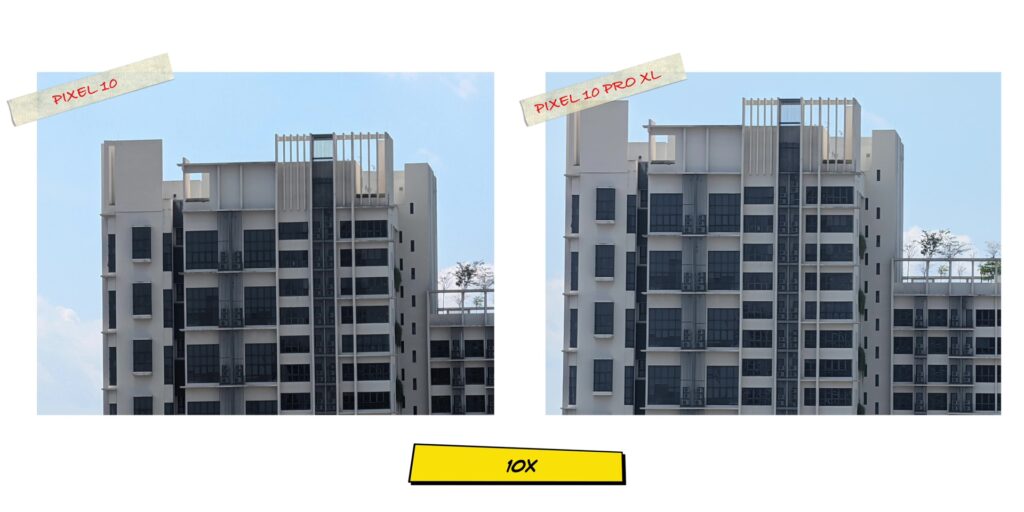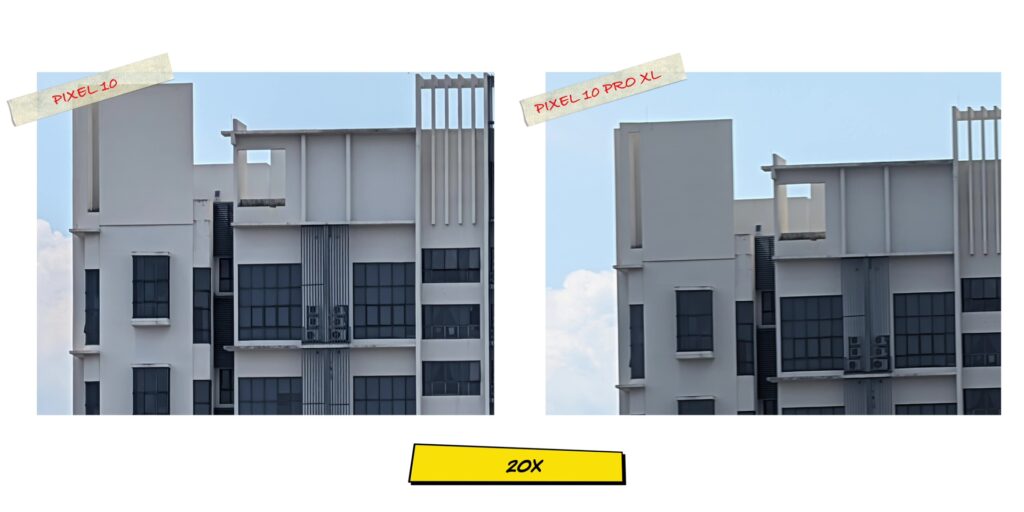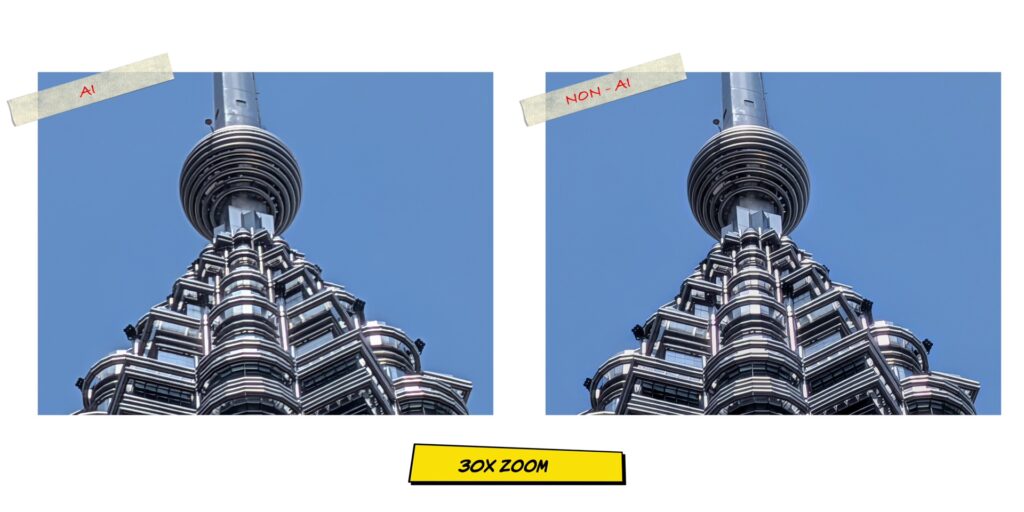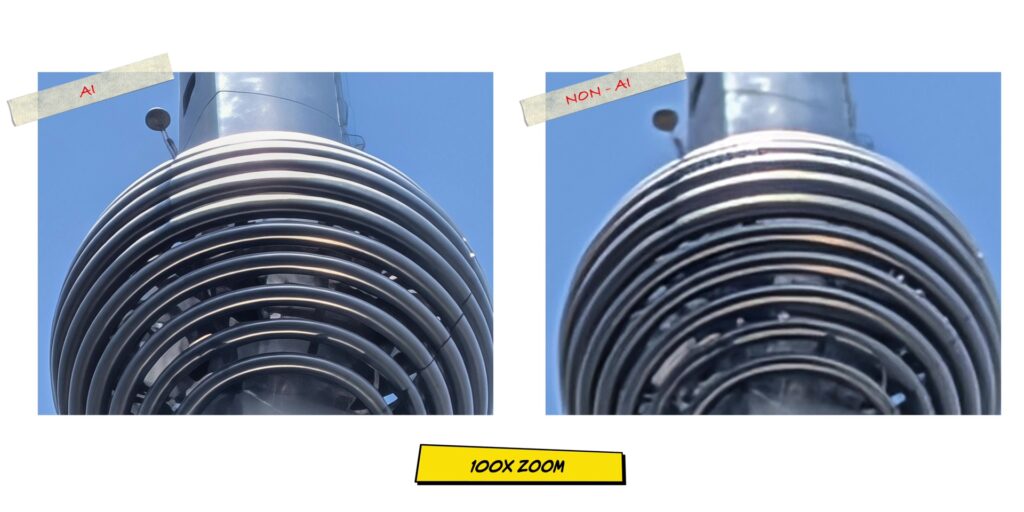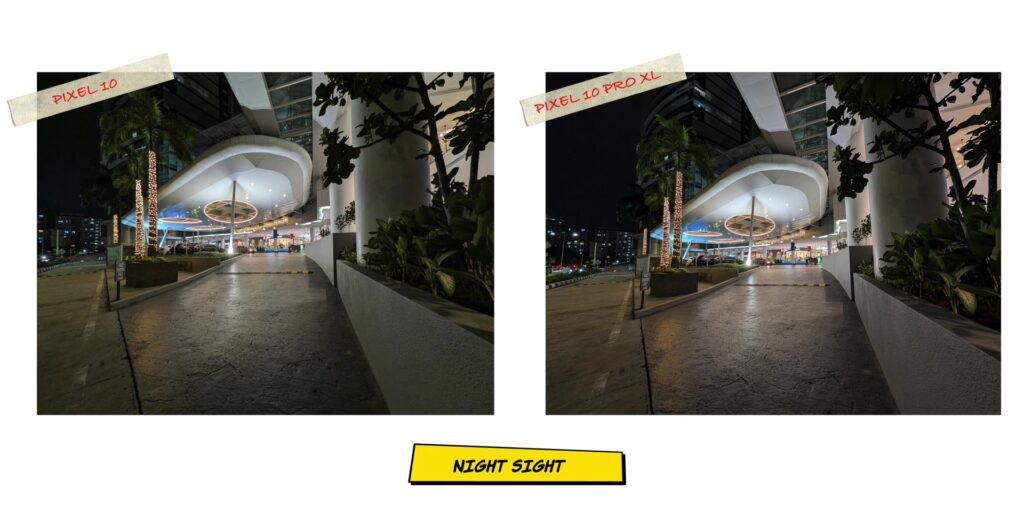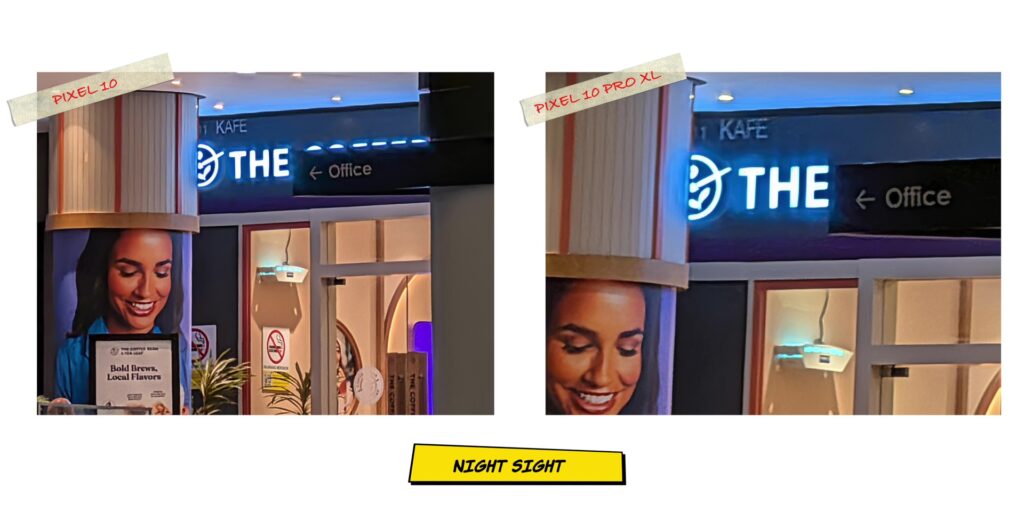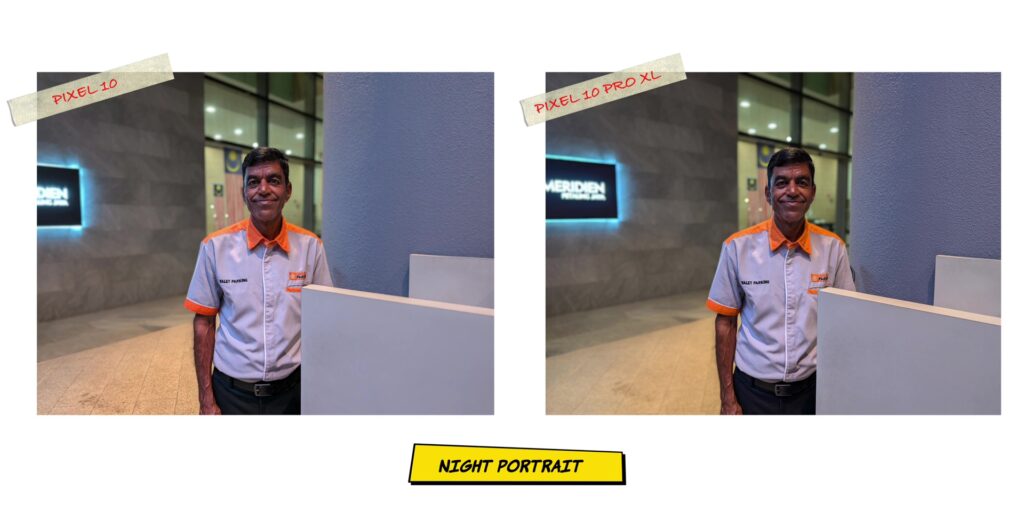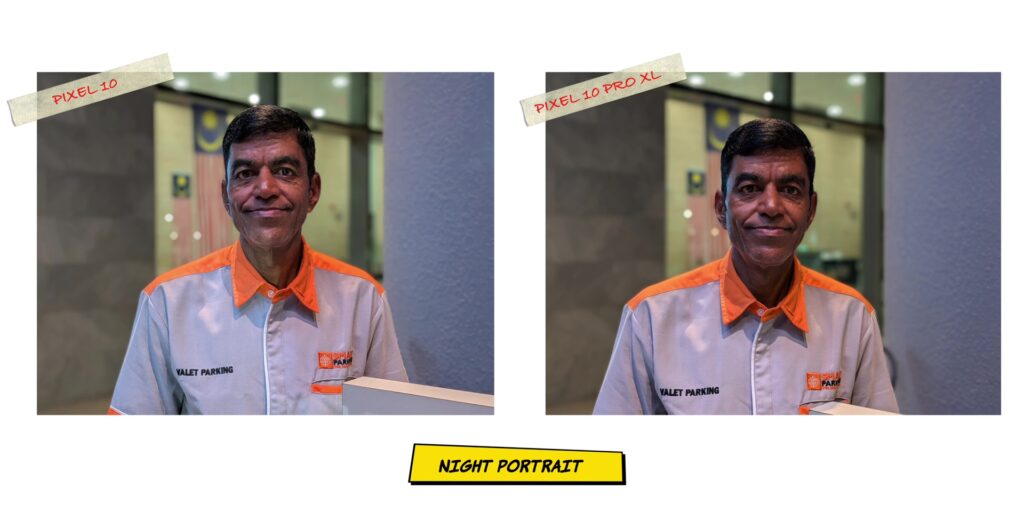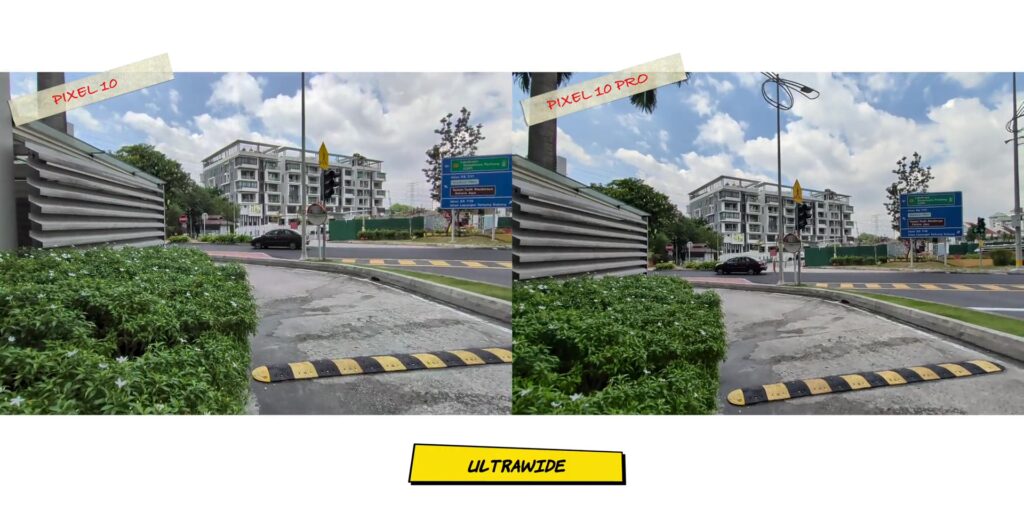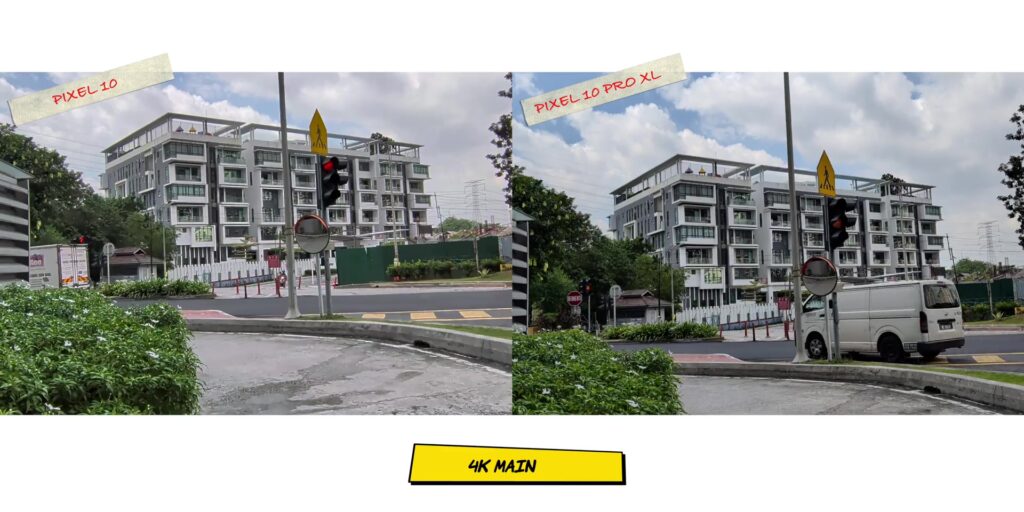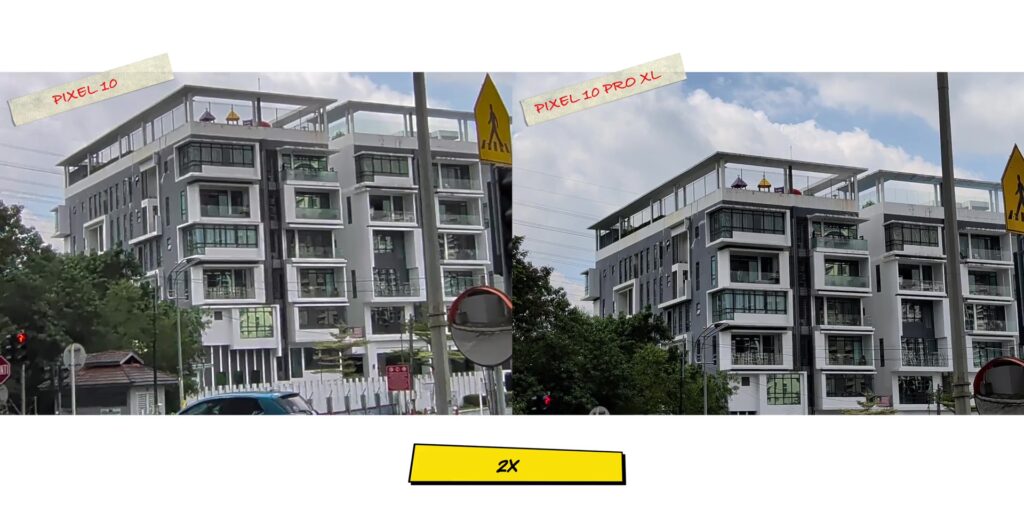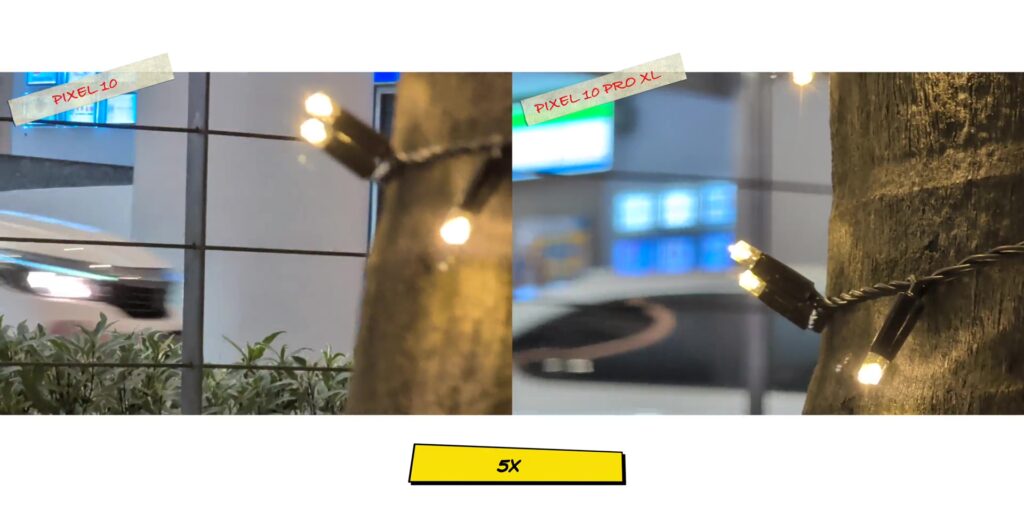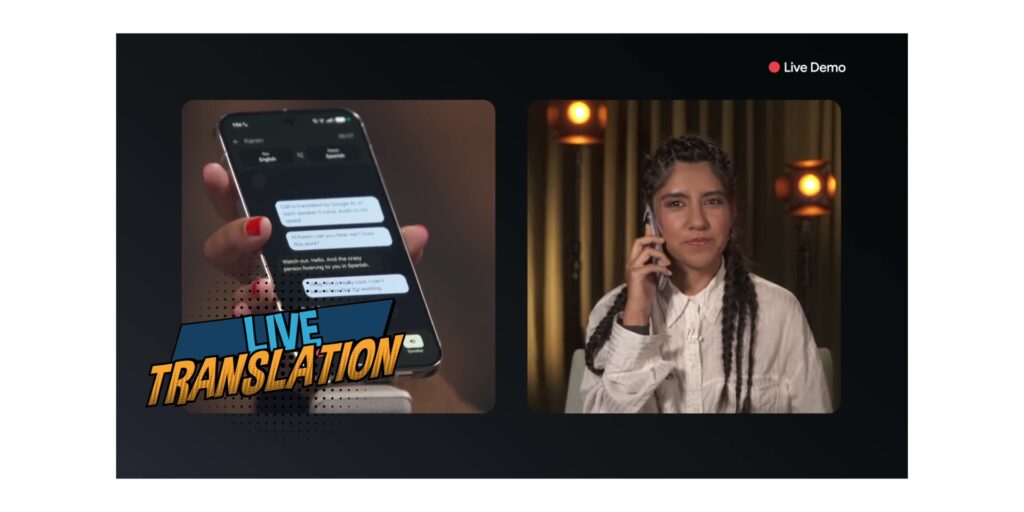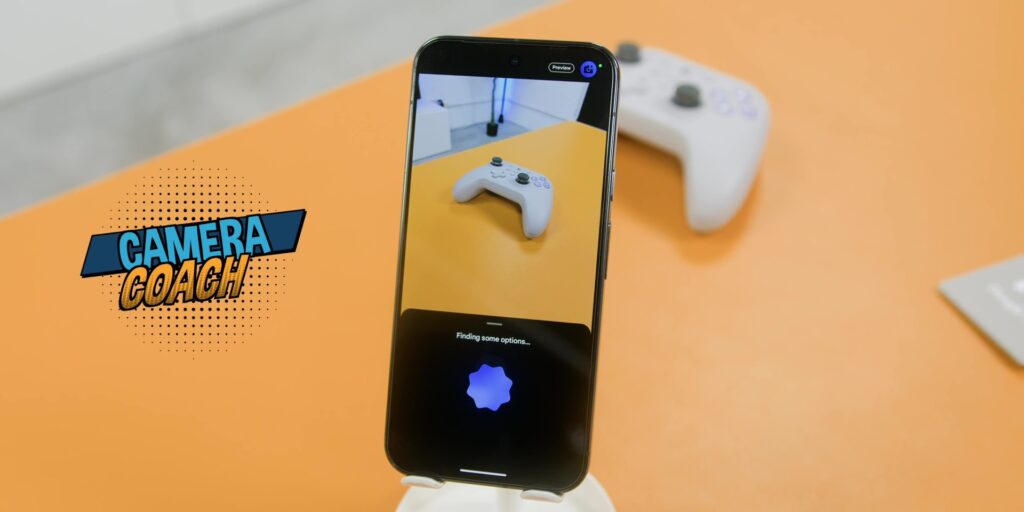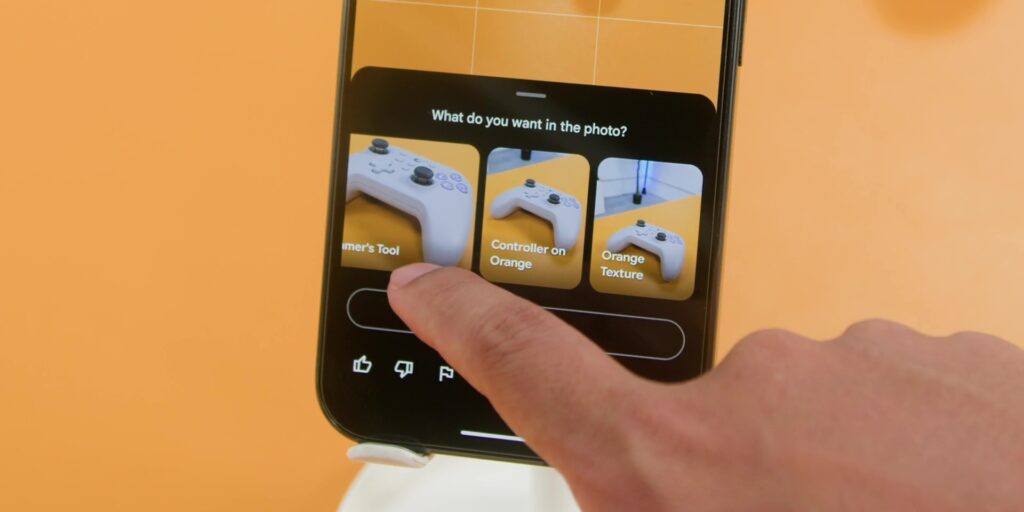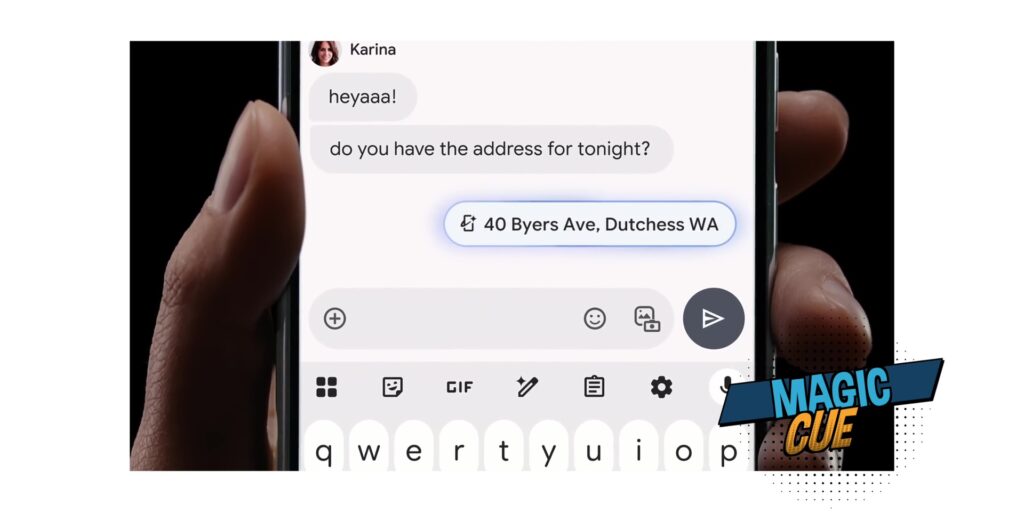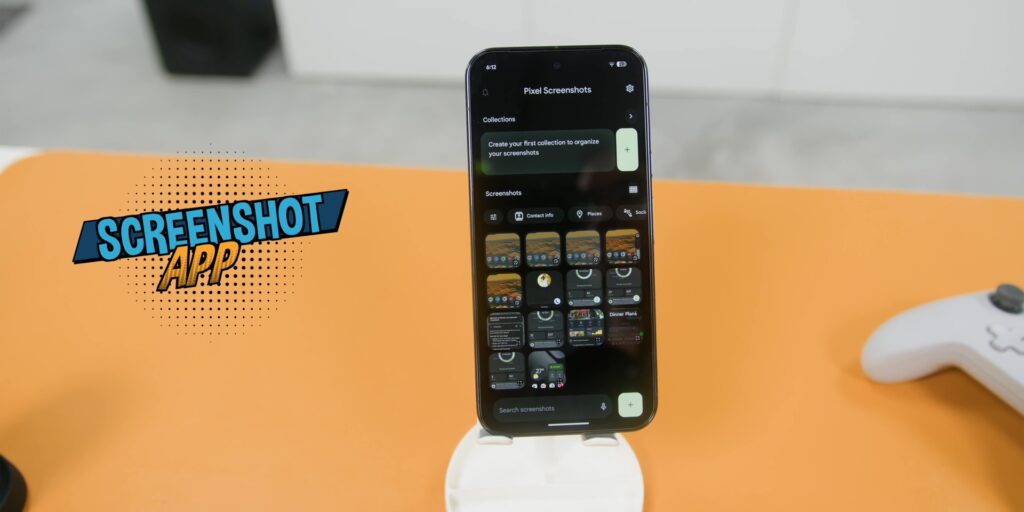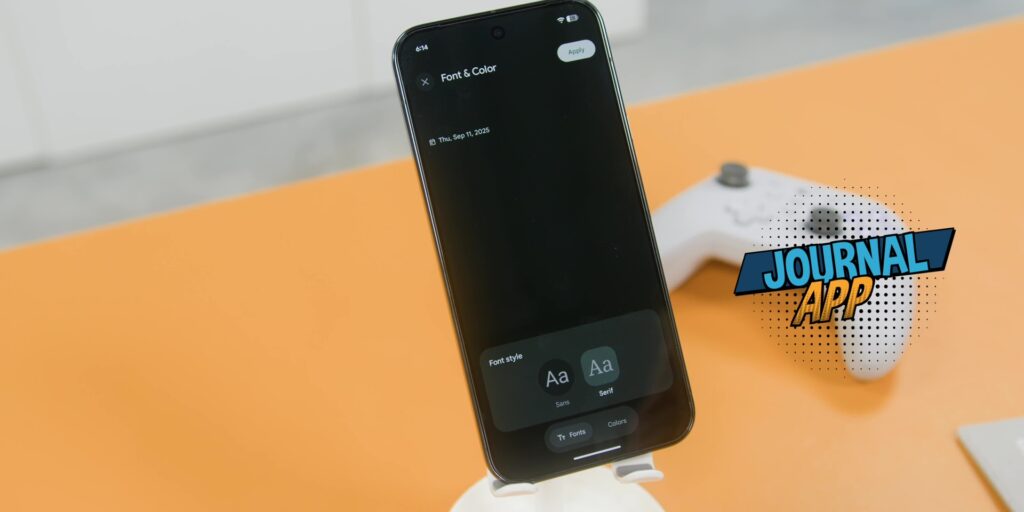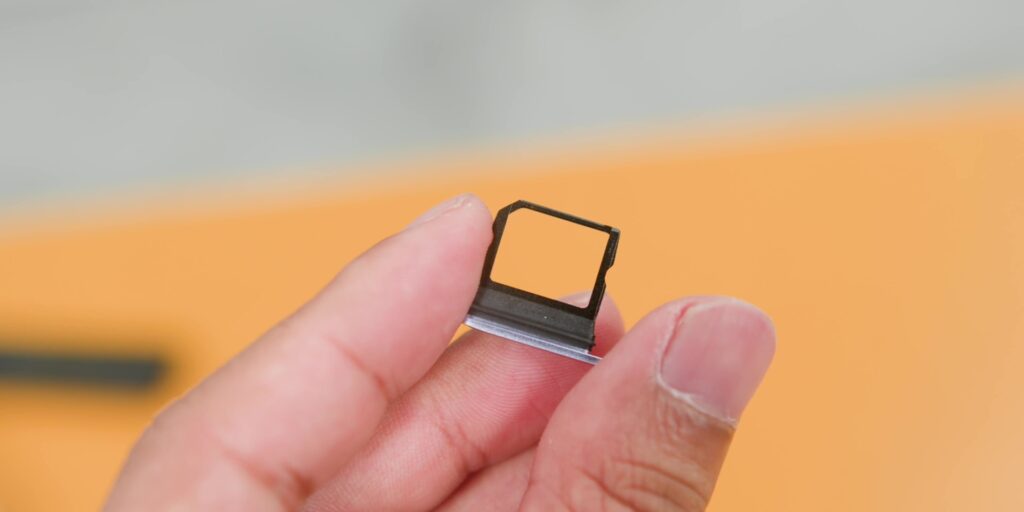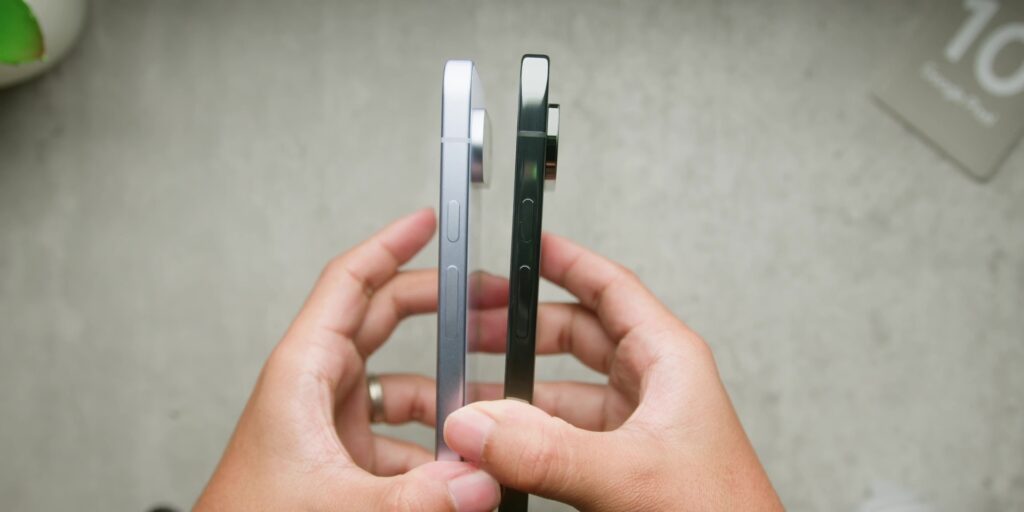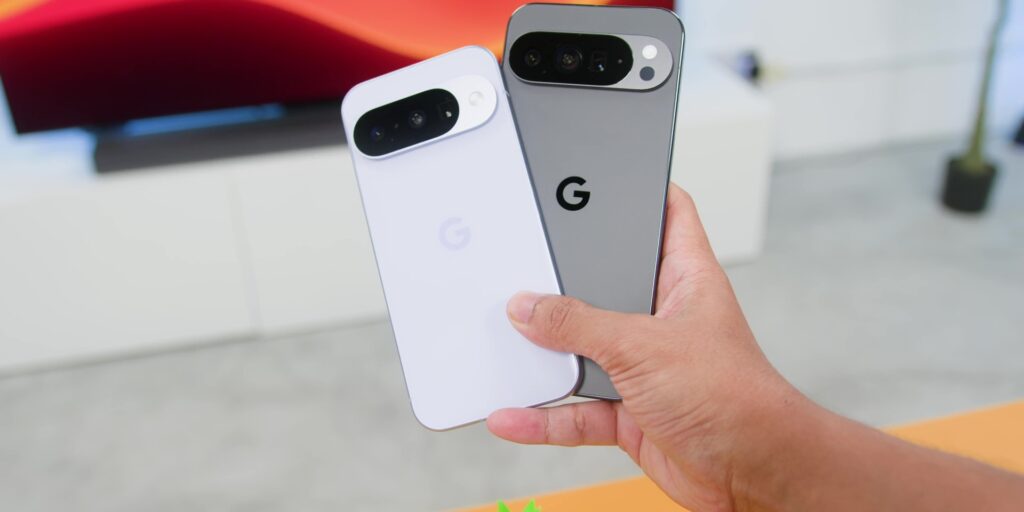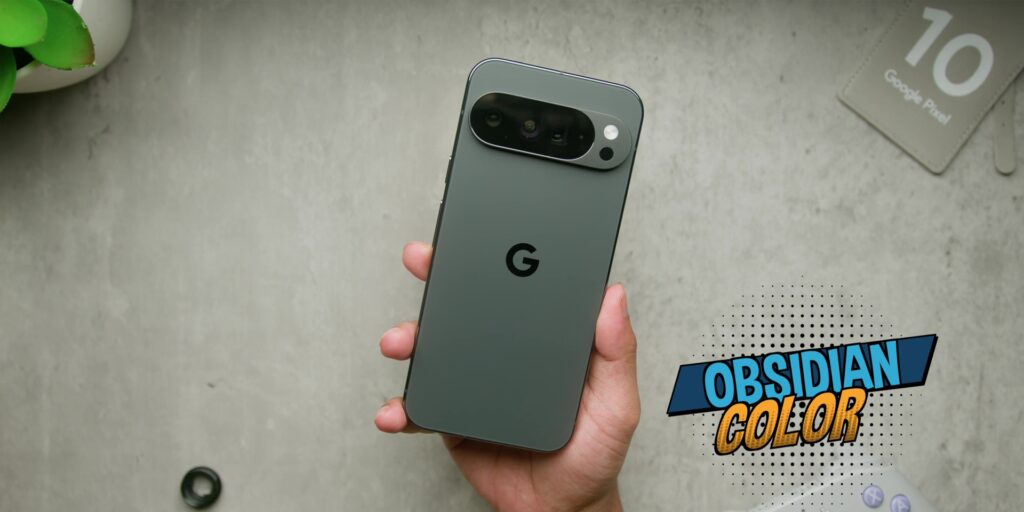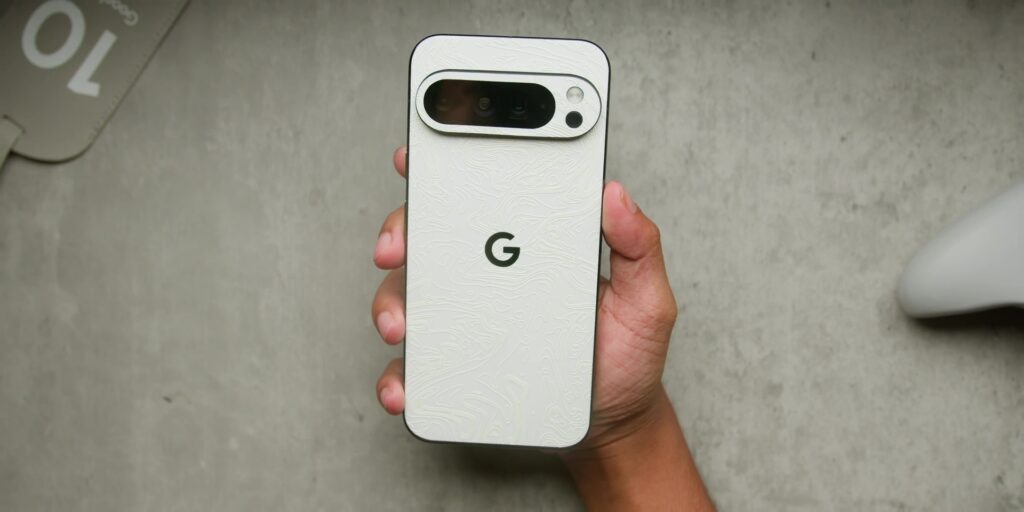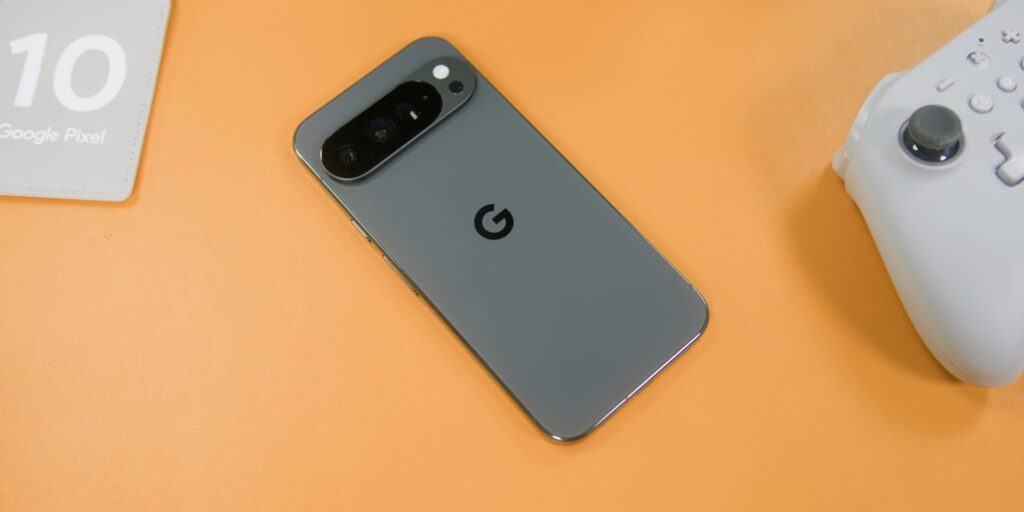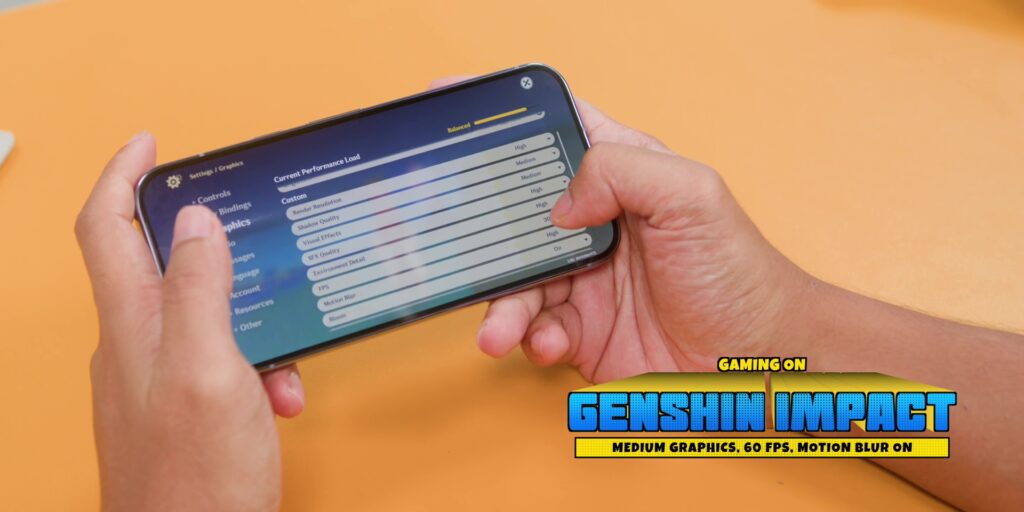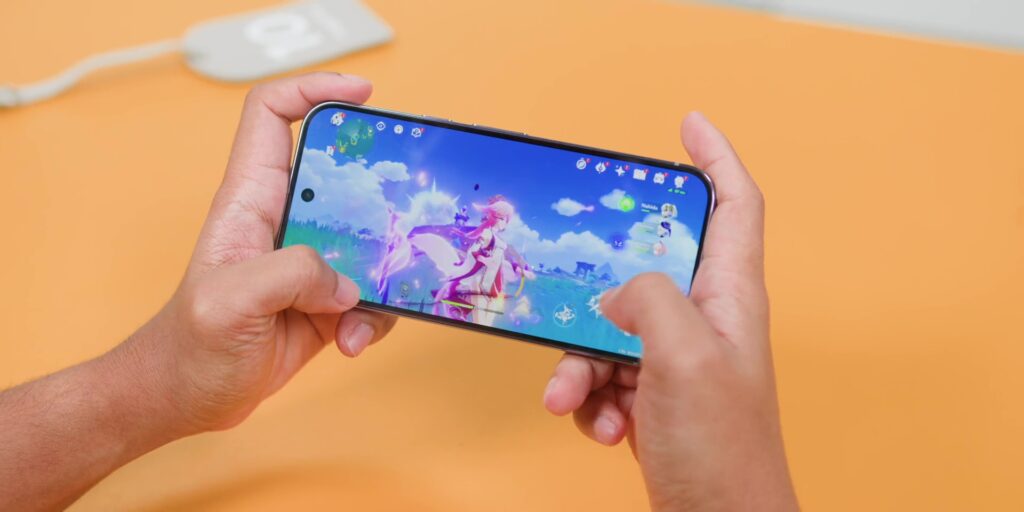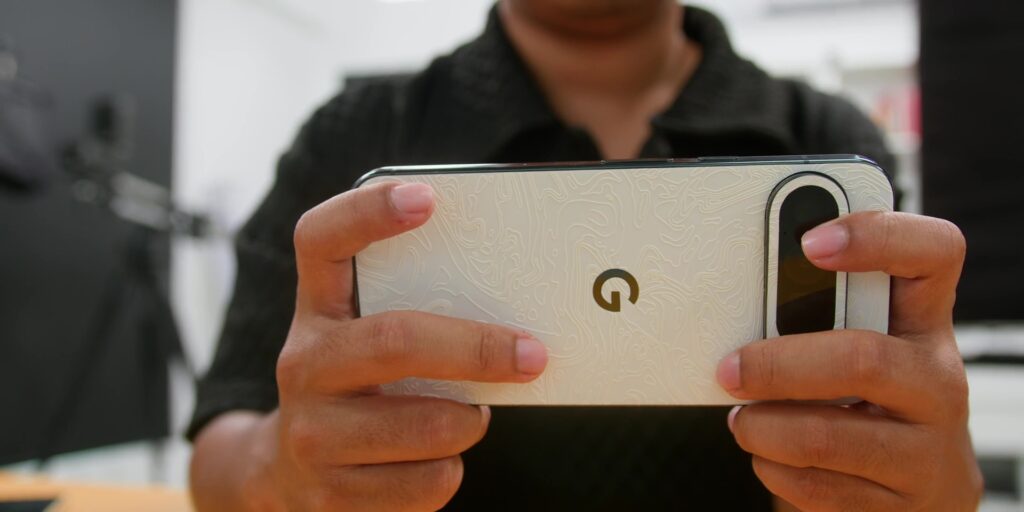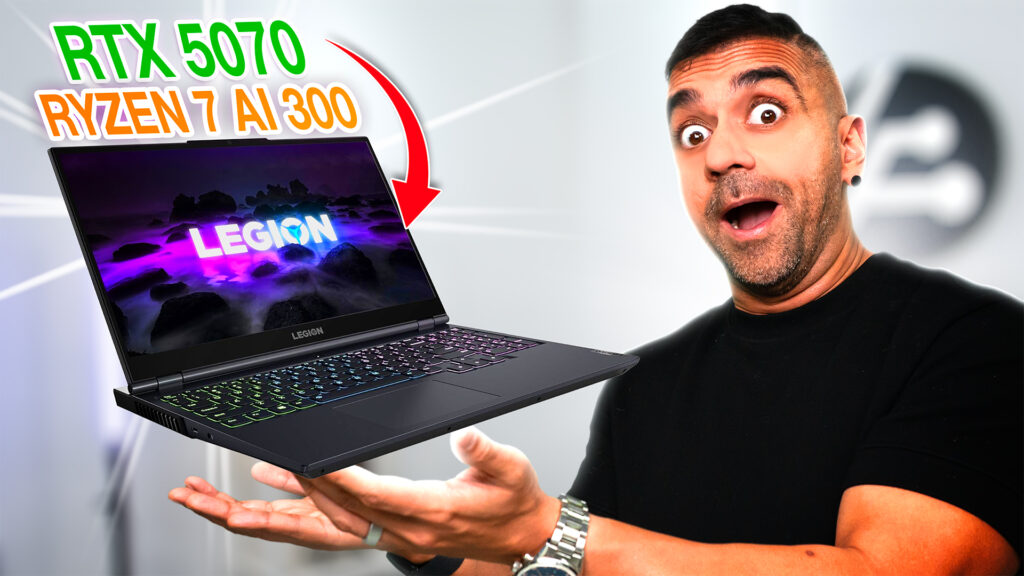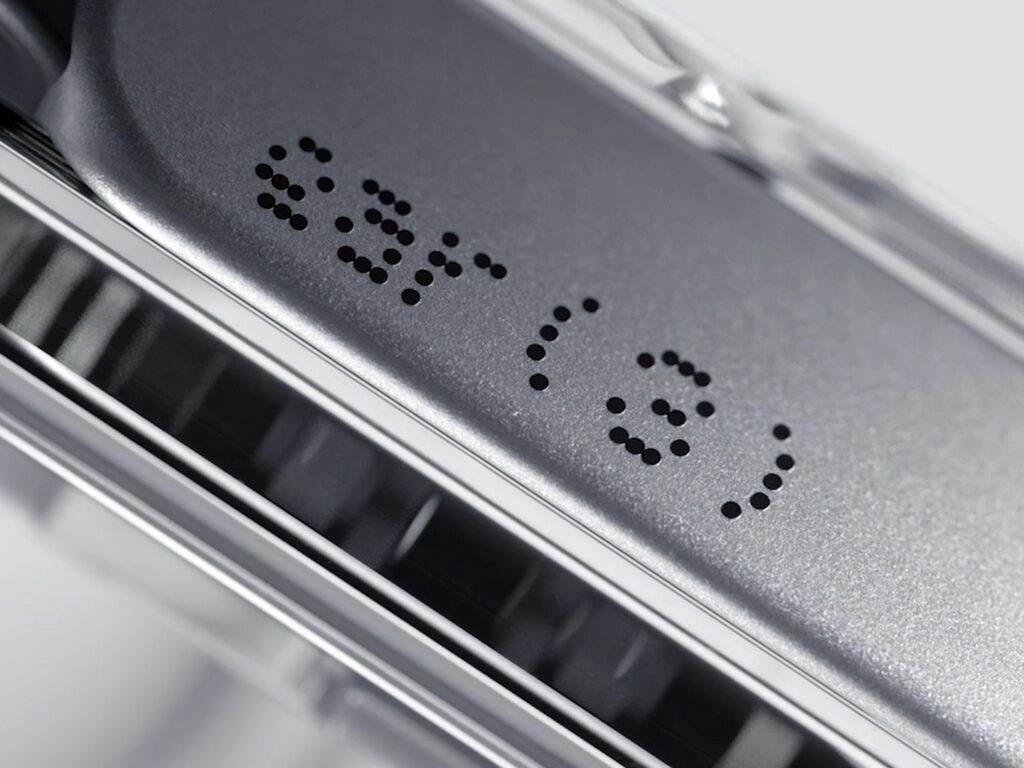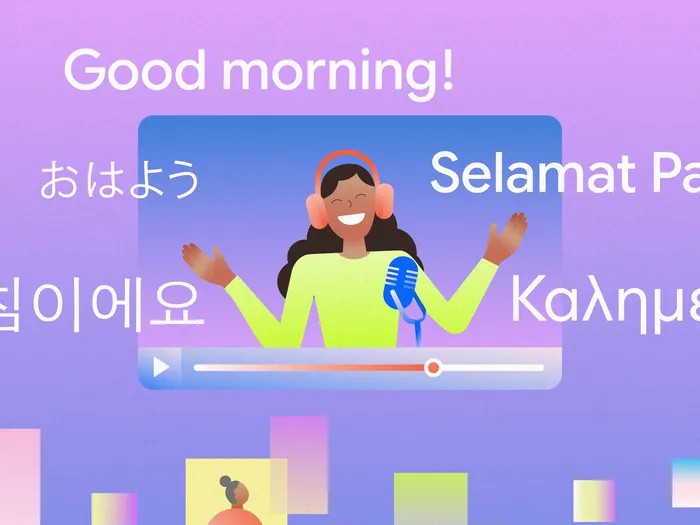After using all the Google Pixel 10 series for more than a week to help you figure out which Pixel variant you should get, and while looking at the spec sheet, it might give you a straight answer. But after using each of these phones, there’s something that Google is not telling us.
Battery
Let’s first start with the average screen on time or the battery life when using these phones daily.
As a recap, the Google Pixel 10 comes with a 4,970 mAh of battery. And while using it daily, this phone seems to have one quirk where it drains the first 6% very quickly with only 26 minutes of screen on time. But the good news is that throughout the day, it always feels like the phone suddenly gets an energy drink to stay less drained. All in all, I got about 9 hours of screen time, which was very good at around 20% battery.
But how about the Google Pixel 10 Pro then? Well, this phone did not have the similar percentage of battery drain, where it stayed very consistent with its battery use. I got an average of 7 hours of screen time, and this is probably due to the smaller battery size than the Pixel 10 at 4,870 mAh. But that is to be expected since there’s a bigger vapor chamber cooling on this particular Pixel 10 Pro compared to the base Pixel 10, and this is also because it has the same 6.3 in display size.
Then, as for the Pixel 10 Pro XL, this comes with a bigger 5,200 mAh of battery. And here’s where it had the similar battery drain as the younger Pixel 10, but it was great from 80% battery onwards, where I got a total of about 8.5 hours of screen on time when I was at 16% battery with dark mode turned on.
So, with this, the winner is obviously the Google Pixel 10.
But of course, it comes with compromises when it comes to the camera specs compared to the Pro variant. But, is it really any sort of a compromise? Well, let’s talk about that next.
Camera
So, both the Pixel 10 Pro and the Pixel 10 Pro XL have the same cameras, which are a 50 MP main, 48 MP periscope telephoto lens, and a 48 MP ultra wide for the rear.
But this Pixel 10 also has three cameras, but the specs are compromised to a 48 MP main, a 10.8 MP telephoto, and a 13 MP ultra wide.
The selfie cameras are also lower on the baseline Pixel 10, which is a 10.5 MP compared to 42 MP on the Pro.
So, is there a difference comparing side by side with this Pro? Spoiler alert: the pictures looked… the same. Yep. From the ultra wide main lenses, 2x, 5x, and even the 10x zoom side by side.
The base model Pixel can go up to a max of 20x compared to the Pro’s 100x. And yes, the software fix using AI on the Pro models, or what Google calls the ProRes Zoom, was really marvelous as Google gives you an option to either use the non-AI corrected one and the AI corrected one.
Based on my test, this ProRes zoom seems to activate from 30x zoom onwards. And what’s nice is that the preview additional box that you get in the camera app can be enlarged to easily frame your shots accordingly. So unless you really need such high zoom values, you won’t really tell the difference between this focal length if you’re changing between only the standard focal lengths that come in the camera app.
Portrait Mode
As for the rear portrait mode, what’s interesting is that the 1x mode is slightly wider on the Pixel 10, but you’re looking at the same colors and edge detection for the 1x zoom.
On the 2x portrait mode, the focal length is the same, but yes, still looking very similar, but the wider selfie option looks a bit wider on the Pro. Other than that, same results. The 1x mode looked the same, where probably the only difference is the amount of background blur that the Pro had. And that’s about it.
Night Sight
Even the night photos, or Google’s Night Sight photos for the ultra wide cameras, were the same. Main lenses, same. 2x, same. So it was for the 5x zoom. But what’s weird is that at 10x and 20x, the base Pixel 10 looks a tiny bit sharper, but only when you really pixel peep. Pun intended. But yeah, very interesting indeed.
Image processing is perhaps better. Their portrait mode at night for the 1x mode was similar on both, but the 2x mode on the Pixel 10 Pro’s image processing on getting the exact color was a bit better on the Pro, but yeah, just a tiny bit.
Then, switching over to the front cameras for the selfie photos at night. Once again, besides being wider on the Pro, the color and the quality are similar on the wider selfie, but there was a dip in quality on the Pixel 10’s 1x mode night selfie.
With all of this, you might be asking, “Adam, with barely any quality differences between the Pro and the non-Pro, which areas is the Pro better?” Well, you probably guessed it right, because yes, it’s in the video.
Video
The Pixel 10 Pro series records up to 8K 30 fps compared to 4K on the non-Pro, but then again, most people don’t really need 8K video, right? Unless you are secretly directing and shooting the next Avengers on your Pixel, are you?
When it comes to comparing the video quality on the 4K resolution on the ultra wide lenses, the quality was very close to each other. But you will see a drop in quality from the main 4K lenses on the Pixel 10, with more noise on the footage.
And it is more apparent and noisier on the 2x and the 5x zoom video quality as well, where the quality was shockingly bad on the base Pixel 10. I honestly hope that this is a software thing where it could be updated and get fixed because I wouldn’t really recommend a video quality from the 2x onwards on the base Pixel 10.
Then the front cameras record up to 4K. Video stabilization was good on both. But if you’re against the light, you’ll get a more pasty skin tone on both phones, but the Pixel 10, if you compare it to the Pro, did look a lot worse.
Of course, the video quality at night had similar results from the 2x zoom onwards, with the Pro doing better. But both had very heavy lens flare.
And finally, if you’re taking selfie videos at night, both were just decent, as seen in these footages side by side. That was tiring. Quite a workout for the eyes right?
Software
As for the phone software, it is shipped with Material 3 Expressive with Android 16 with 7 years of OS and security updates. So yes, they finally caught up with Samsung, but I still wish there were more customizations when it comes to the home screen, like removing the icon names, which other brands like vivo, OPPO, and Xiaomi allow very easily without downloading an external launcher.
But Google has come up with some very exciting AI features, totally leaving out every other smartphone brand with their very unique innovations. But the question is, does it do well, and which actually works?
Well, let’s start with what works: the Live Translations on the phone calls. That was quite mind-blowing because not only can you hear the other person speaking in your preferred language, but it even uses the same voice as well instead of having some sort of an AI voice, which is what Samsung does in their AI translation with Galaxy AI.
However, the caveat is that the other person needs to speak at a usual pace, you know, like a normal conversation like, “How are you? What are your plans today?” instead of, “How – are – you?” and “What – are – your – plans – today?” Because if the other person speaks slowly like that, the translation and the person’s voice will clash. So, keep that in mind.
And another feature that was really nice is the Camera Coach. And while a lot of other reviewers or tech YouTubers felt that it was not a useful feature, I honestly felt it was very beneficial for people who are probably not good at taking photos or just want to go back to the basics, right?
So, how this works is that in the camera app, just hit the camera icon at the top right of the camera app and then point at the subject that you want to take photos of. Next, the camera app will give you some options at the bottom of the screen, but keep in mind you need a proper internet connection for this.
And after choosing which type of shot you want to take, the camera will give you a step-by-step guide on how to take the photo, brilliant! Good job, Google!
But you know what? There are two AI features which are not working yet. Firstly is the Magic Cue, as it’s not been rolled out to every Pixel device yet. So, I couldn’t test it when I was using all of these phones daily. But the question is, is this Magic Cue, which in case you do not know, is where it helps you to give you a better context on your conversation, will it work only on the Messages app or will it work with other apps like WhatsApp or even Telegram? Well, only time will tell, right?
Then the other one which is not here especially here in Malaysia, which is the Photos Coach, a feature that allows you to edit your photos via voice for you to tell the photo to remove the object, brighten the photo, and more.
Yes, just using your voice instead of going into and editing the photo. I even tried to change the region to US and still it could not work. So, we will have to wait for this Pixel Drop to be announced when it’s available here in Malaysia.
But there are other software features which I still really love. While it’s not particularly new, but the Screenshot app, I absolutely still love this very much because I’m what you call a “Screenshot Slut.”
Then the Journal app was also really great, perfect if you want to switch from an iPhone to a Pixel since the iPhone has a similar type of app and is also very safe and secure.
And while I initially did not like the Suggested apps, as my buddy Vernon predicted, in time the algorithm suggested it better. But if you’re like me, who previously did not like it and who prefer to have the exact app instead of an app suggestion, you can turn this off by pressing and holding your home screen, heading to the home screen settings, and then suggestions, and toggle this to turn off.
So yes, at this point of time, it seems that these Google Pixel phones are the cleverest phones in the room.
But before going into how well this new Google Tensor G5 performs, let’s quickly talk about another two things: the phone’s design, as you can see, and the new Pixel Snap.
Design
Design-wise, there’s nothing new, but a minor good point is the fact that the SIM card tray is wider compared to the Pixel 9 series, so it wasn’t too tight.
In case you didn’t know, there is a difference between the finishes of the non-Pro and the Pro variant. The Google Pixel 10 comes with a matte finish only on the sides, but the rear glass is glossy, so you can expect some fingerprints. So yeah, your CSI records are literally at the back of the glass. And it also can be a little slippery.
Then the Pro variants, the back panel glass is a matte finish, but the sides are very glossy. I would prefer for the sides to be matte as well, but I guess it is what it is. It’s nice that Google has some very nice cases for the phone, but honestly, using it naked feels great.
When I did the unboxing of all of these three phones, I fell in love with this particular Obsidian color since it was really lovely and it looked totally different from the usual Porcelain color that I would go for.
But after using this phone for a week plus, I regretted my decision. So, instead of buying a new phone again with a Porcelain color, I decided to get dbrand’s new White Damascus Triple White skin to change the overall look of the phone. And there’s also a Holo White Damascus colorway version.
Both are scratch protected, which is very important because the Google Pixel 10 Pro has a small scratch at the back. Totally unintentional and I don’t know how it got there, I swear. Probably because of the matte finish, and since dbrand also has the Prism 2.0 screen protector available for the Google Pixel 10 series, I decided to grab that as well.
As dbrand says, it is quite idiot-proof and super easy to apply as well where you get two just in case you screw up the first one. So, check it out here if you guys want to get it.
Pixel Snap
Next, let’s talk about the new Pixel Snap. You know, the MagSafe for Pixel, because yes, finally an Android phone that had the guts to put full magnets inside of its phone.
The good part is that these magnets are really nice and reliable, very strong compared to the likes of the OPPO Find X8 Pro.
But if I really had to nitpick, I still feel that the magnets are probably 10% or probably 5% less strong compared to the iPhone’s MagSafe. There was a sense of security when you put an iPhone’s MagSafe on a charger compared to the Pixel 10 series. So, if you compare side by side, the iPhone snaps like a clingy ex and the Pixel is more like a chill ex who still replies, “Okay.”
This is probably because it’s a first generation Pixel Snap, but yeah, it’s a mere 5 to 10% less feeling compared to the iPhones. And this could honestly be only felt if you compare this with an iPhone side by side.
Performance
Next, let’s talk about the Google Tensor G5 chipset. Yes, using the phone daily was really great with no lag or stutter when I was using the phone every single day. Even the AI capabilities mentioned earlier on the chip, when I tested, it was really quick and responsive. So, the NPU on this chip is really great where I even managed to keep it very cool on this phone too.
Then, to test the chipset further, I tested Genshin Impact on all of these three phones.
On the Pixel 10, it was on the High settings, 60 fps with motion blur turned on where the game ran smoothly without any lag or stutter, but it became quite hot at about 15 minutes of gameplay. Battery drain was noticeable, but not super bad. So, overall, the new and improved chip did run the game very well at high settings compared to last year.
Then as for the Pixel 10 Pro, it ran at the same settings with similar heat after 15 minutes of gameplay, which is not too hot, but the battery drain was surprisingly worse than the Pixel 10, which was weird because this is supposed to have a vapor chamber cooling. Other than that, it ran well like the Pixel 10.
Then I tried even further to run at the Highest graphics settings on the Pixel 10 Pro XL, but it did become very hot at about 5 minutes. So, I dialed it back to the same High settings as the other two phones. Battery drain on here was better than the Pixel 10 Pro.
But the biggest yes was how comfortable that it felt in the hands when gaming for quite a while because of the nicely curved edges on the phone.
Conclusion
With all of this, which would I choose?
Well, because of the bigger screen and better video capabilities, I would go with the Pixel 10 Pro XL.
But if I would recommend which one you should get, probably the baseline Google Pixel 10. But of course with a sacrifice of video quality just in case a software update could not fix the video noise shown earlier.
[Watch the full video on YouTube here]
Related:
- Google Pixel 9a Is Great – But Don’t Buy It YET?
- Google Pixel 9 vs Pixel 8: MASSIVE Upgrade or Minor Tweak?

